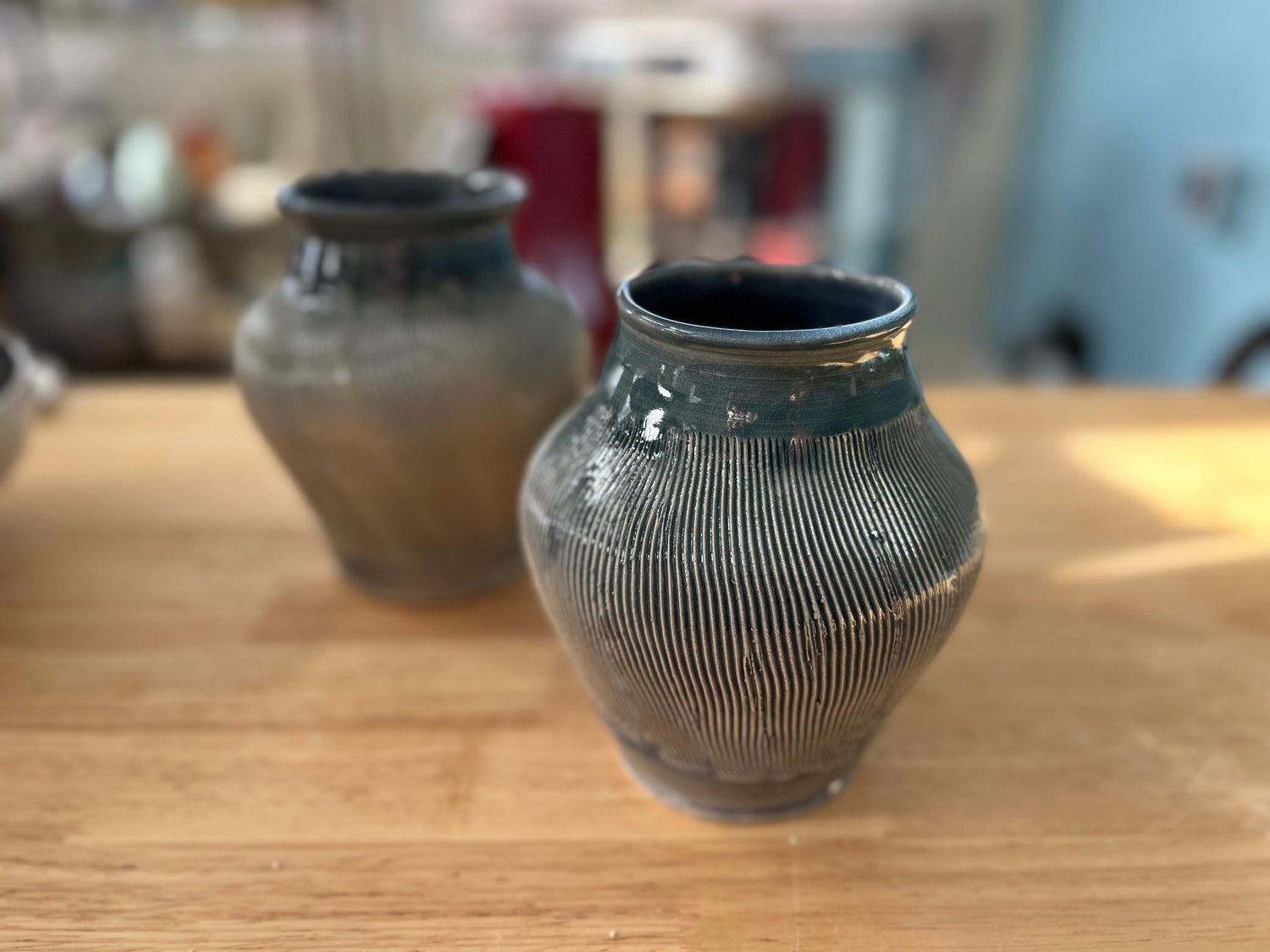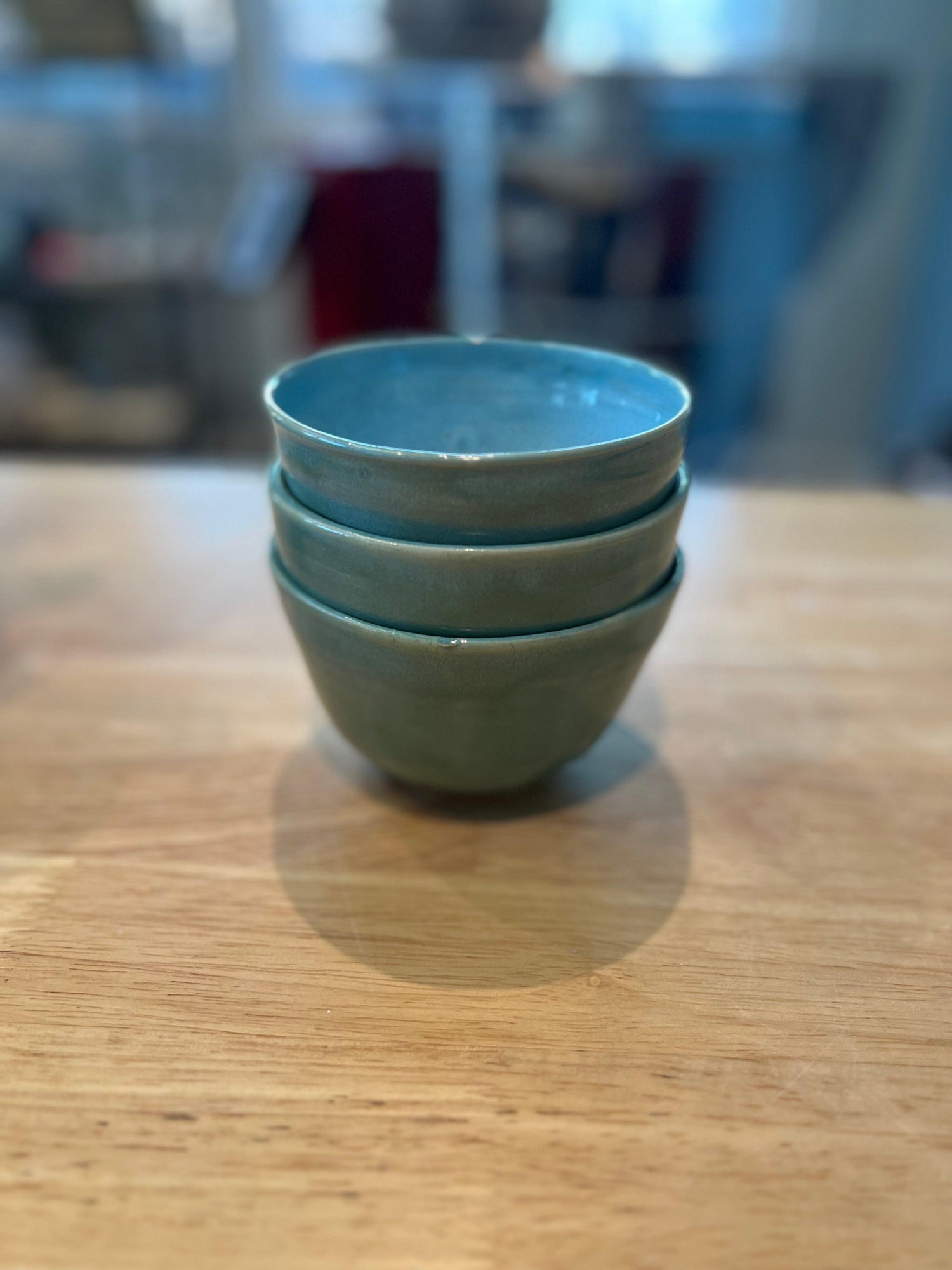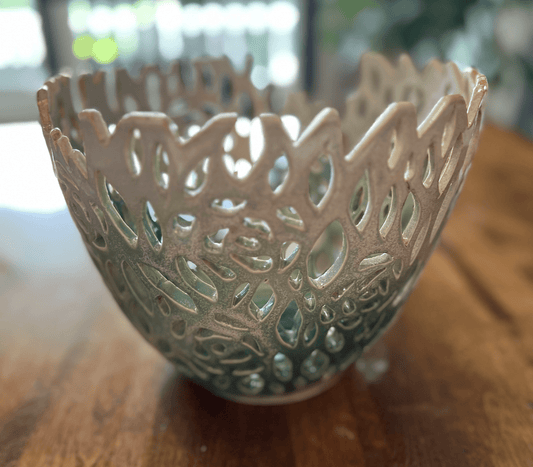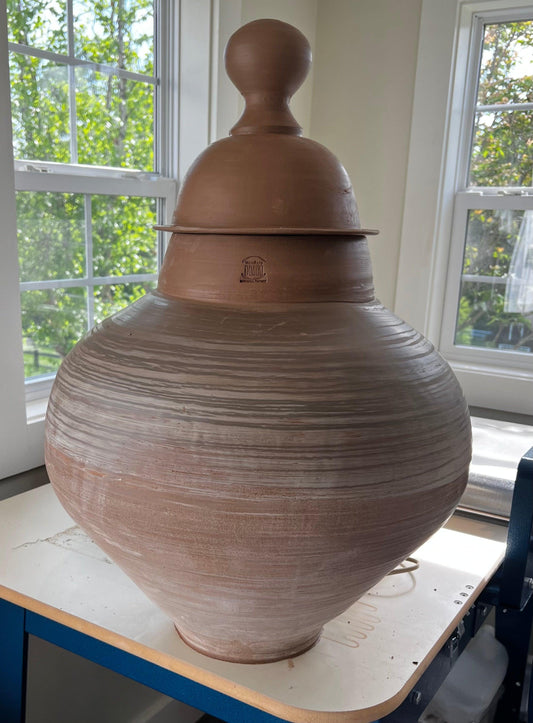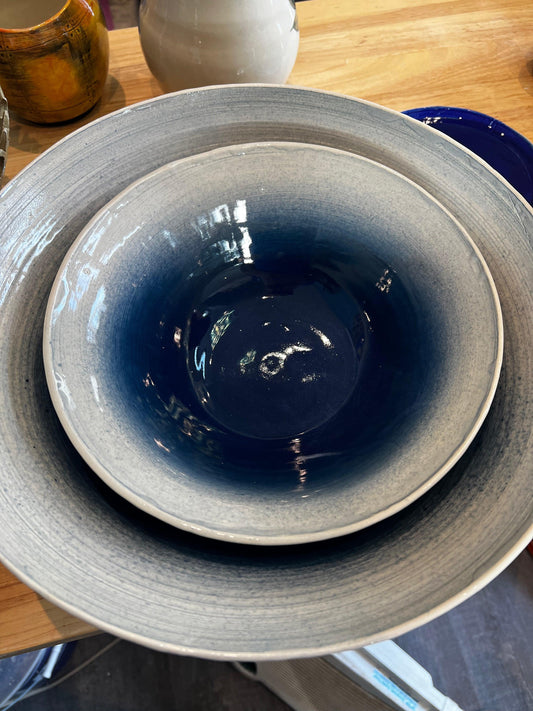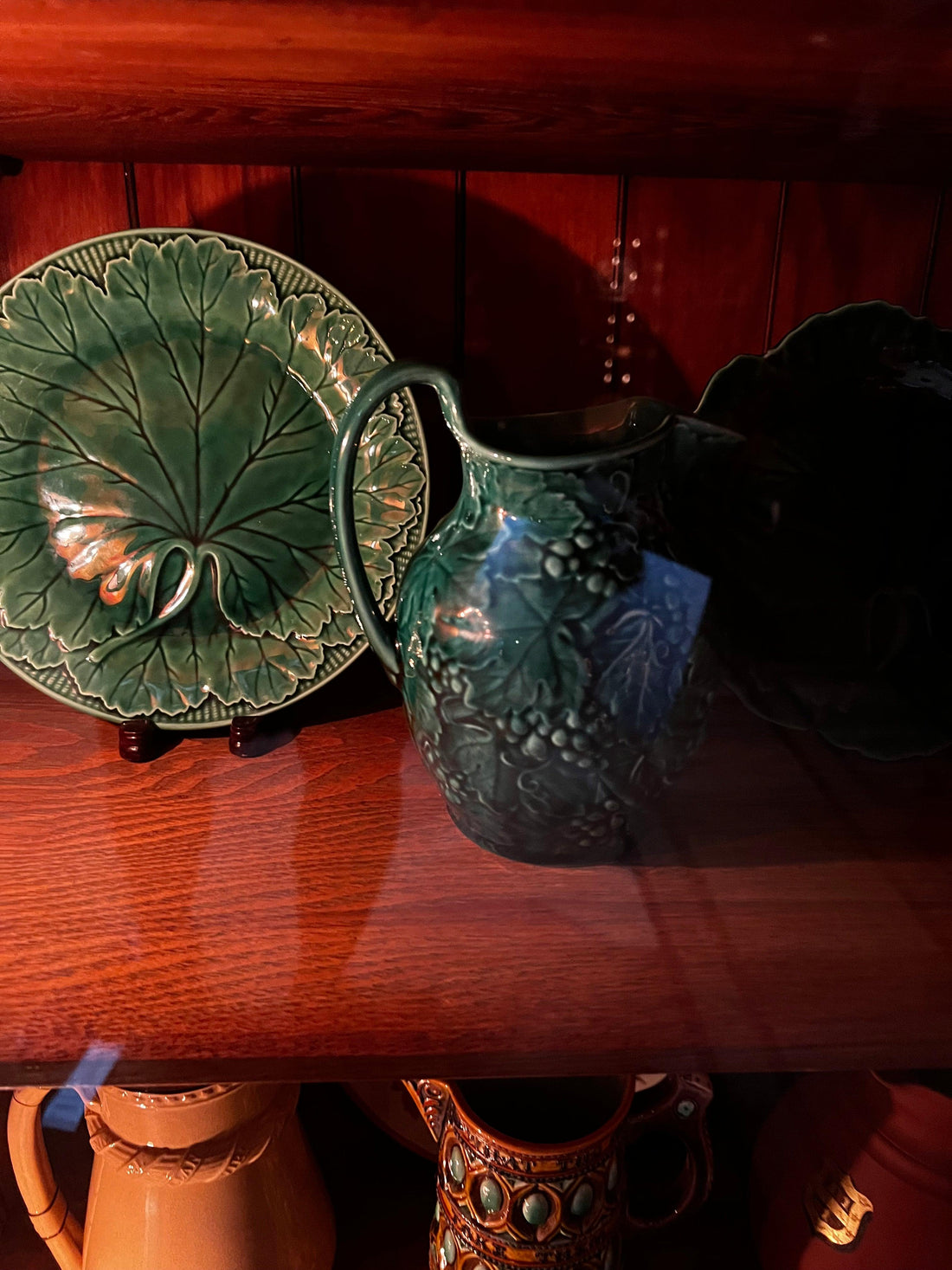
Exploring the Different Styles of Pottery from Around the World
Pottery is a beautiful and ancient art form that has been practiced all around the world for thousands of years. Each culture has its own unique style of pottery, characterized by different techniques, materials, and designs. In this article, we'll take a look at some of the most popular styles of pottery from around the world, and what makes them so special.
-
Japanese Raku Pottery: Raku pottery is a traditional Japanese style that is known for its bold, simple designs and vibrant colors. Raku pottery is made from a low-fire clay and is typically left unglazed, giving it a rustic, earthy look. It is often used for tea ceremony and ikebana flower arrangement.
-
Native American Pottery: Native American pottery is known for its intricate designs and symbolic meaning. Each tribe has its unique style, but common techniques include coil building, coiling and scraping, and hand-modeling. Pottery was a very important part of Native American culture, used for both practical and ceremonial purposes.
-
Mexican Talavera Pottery: Talavera pottery is a traditional Mexican style that is known for its bright, bold colors and intricate designs. Talavera pottery is made from a high-fire clay and is typically glazed with a lead glaze, giving it a shiny, glossy finish. It is often used for decorative pieces such as plates, vases, and tiles.
-
Greek Black-figure Pottery: Greek Black-figure pottery is a style that originated in ancient Greece and was characterized by black figures on a red background. The figures were typically painted with a glossy, black slip, which would turn red during firing, creating a striking contrast. It was mostly used for drinking vessels, or as a decorative item.
-
Chinese Jun Pottery: Jun pottery is a traditional Chinese style that is known for its delicate, intricate designs and muted colors. Jun pottery is made from a high-fire clay and is typically glazed with a milky-white glaze, giving it a smooth, glossy finish. It was mostly used for tea ceremony, flower arrangement, and as a decorative item.
-
-
African Pottery: African pottery is known for its vibrant colors, bold patterns, and unique shapes. Each tribe and region has its own style, but common techniques include coil building, hand-modeling, and using a potter's wheel. Pottery in Africa is often used for practical purposes such as storage, cooking, and serving food, but it is also used for ceremonial and religious purposes.
-
Korean Buncheong Pottery: Buncheong pottery is a traditional Korean style that is known for its unique and creative designs and muted colors. Buncheong pottery is made from a high-fire clay and is typically glazed with a milky-white glaze, giving it a smooth, glossy finish. It was mostly used for tea ceremony, flower arrangement and as a decorative item.
- Majolica Pottery: Majolica pottery is a style that originated in Italy during the Renaissance and is characterized by its bright, bold colors and detailed designs. It was typically decorated with an opaque glaze, which was then painted with colorful designs. It was mostly used for decorative pieces such as plates, vases, and urns.
- Western Pottery: Western pottery encompasses a wide range of styles and techniques that have developed in the Western world over the centuries. It includes traditional techniques such as slip casting, press molding and jiggering, and more contemporary techniques such as wheel throwing and hand building. Western pottery is known for its wide range of forms and functionality, from simple and rustic to refined and elegant.
-
These are just a few examples of the many different styles of pottery from around the world. Each style has its own unique characteristics and history, making it a fascinating and diverse art form. Whether you're a pottery enthusiast or just appreciate the beauty of handmade pottery, there's something for everyone to enjoy.
Questions and Answers
Q: How do I know which style of pottery is right for me? A: The best style of pottery for you will depend on your personal preferences and interests. Take some time to research different styles and techniques, and try experimenting with a few different styles to see which one you enjoy the most.
Q: Can I combine different styles of pottery to create my own unique style? A: Absolutely! Combining different styles of pottery can be a great way to create your own unique style. By experimenting with different techniques and materials, you can create something that is truly one-of-a-kind.
Q: Are there any styles of pottery that are more popular than others? A: Different styles of pottery have their own popularity depending on the culture and time. For example Raku Pottery is very popular in Japan and Talavera pottery is popular in Mexico. However, some styles such as Greek Black-figure pottery and Chinese Jun pottery are not as well-known, but are still beautiful and interesting styles of pottery.
Q: Can I learn different styles of pottery online? A: Yes, there are many online resources available for learning different styles of pottery. From online tutorials and videos to online classes and workshops, you can learn the basics of different styles and techniques from the comfort of your own home.
Q: Are there any styles of pottery that are more challenging than others? A: Some styles of pottery, such as porcelain or Raku, require specific techniques and materials that may be more challenging for beginners. However, with practice and guidance, anyone can learn these styles of pottery.

